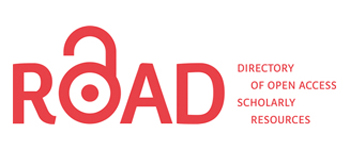THE EFFECTS OF THE TOMATIS METHOD ON ATTENTION OF A CHILD WITH ATTENTION-DEFICIT/HYPERACTIVITY DISORDER: A CASE STUDY
Keywords:
Tomatis Method, ADHD, attentionAbstract
Attention-Deficit/Hyperactivity Disorder (ADHD) is a common neurodevelopmental disorder that affects the entire personality and is most often diagnosed during school age. The Tomatis Method involves neurosensory brain stimulation through unique listening programs. The aim of this study was to examine the impact of the Tomatis Method on the attention of a child with ADHD. The listening program was tailored to the child's specific needs and was administered by a certified Tomatis practitioner. Each treatment cycle lasted 14 days. The assessment was conducted at four time points: before and after the first cycle, and before and after the second cycle of the Tomatis treatment. A software-based assessment tool specifically designed to evaluate components of executive functions was used to measure attention. The collected data were processed using IBM SPSS Statistics 21 software for statistical analysis. Basic statistical parameters were calculated. The results showed improvements in attention-related abilities, including increased response accuracy and faster reaction times.
Downloads
Downloads
Published
How to Cite
Issue
Section
License

This work is licensed under a Creative Commons Attribution-NonCommercial-NoDerivatives 4.0 International License.







